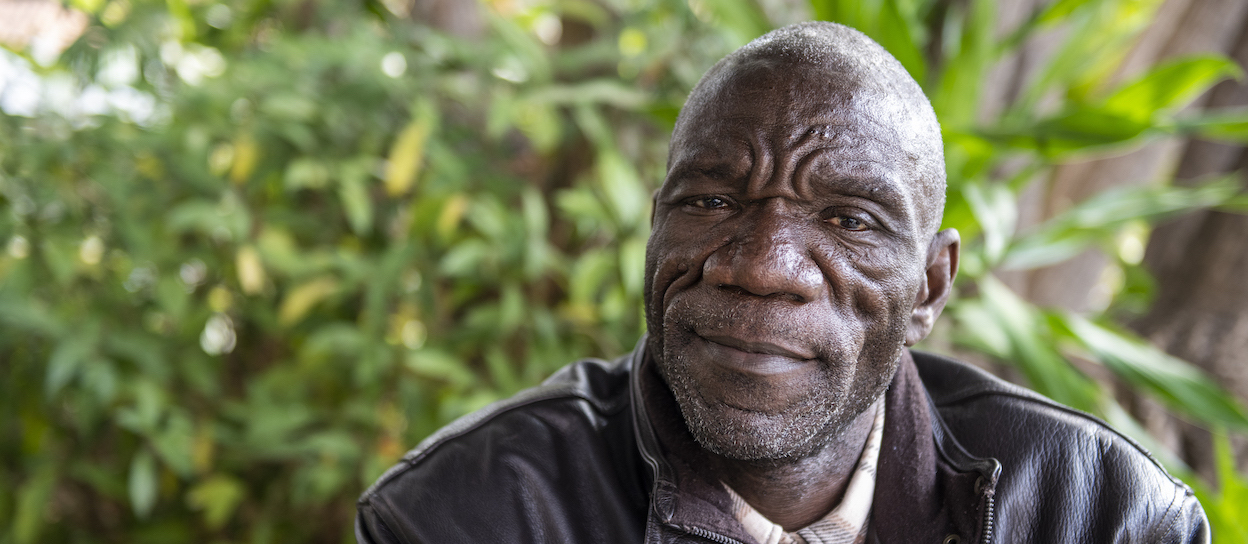On April 6th, the President of the General Assembly organized a Civil Society Hearing at UN headquarters in New York to formally gather civil society’s input into the High Level Meeting (HLM) on HIV/AIDS, which will take place from 8-10 June 2016.
At the Elizabeth Glaser Pediatric AIDS Foundation, we want to make sure that the main outcome document of the HLM this June – the political declaration – pays due attention to the continuing urgency of preventing and treating HIV among children. I was therefore thrilled to be asked to speak during the panel on innovation in tools, approaches and policies on what is new or still needed to increase pediatric testing and treatment. I was the only panelist asked to speak on pediatric HIV in the day-long event.
My comments centered on the need to focus on children as a unique, and internally diverse, group when developing everything from political targets to pharmaceuticals to models of care. I laid out three areas of innovation we believe are needed to close the large gaps between children and adults on HIV testing and treatment and therefore keep HIV-positive kids healthy: 1) a unique treatment target for children that is distinct from a population-wide goal; 2) innovative ways to find and test all HIV-exposed children as quickly as possible; and 3) new ways to keep children and adolescents adherent to treatment over the long term.
Throughout my remarks, I emphasized the need to recognize that “children” are not a homogenous group, but rather a diverse set of age groups that each has their own challenges for testing, treatment, and adherence. I also noted that no scientific or clinical innovation will be successful without the critical role that community and family support play in achieving results.
I was also pleased that the need for more attention on pediatric HIV treatment and prevention was mentioned by a few other speakers during the day.
One of the most memorable moments was during the opening panel when an inspiring and eloquent young woman from Puerto Rico described growing up with HIV. She was perinatally infected, and she described how she surmounted the physical and emotional challenges of growing up HIV-positive, including stigma, abuse, and the loss of her mother, while calling on states to provide the needed financial support to communities to end the epidemic.
The Coalition on Children Affected by AIDS also spoke passionately from the floor during the panel on “Who is being left behind in the AIDS response” to remind participants that children have also been regularly neglected by policy-makers, researchers, and communities.
The hearing brought together hundreds of people from a broad range of civil society organizations and from all over the world. While civil society will use numerous avenues to bring their advocacy messages to countries this spring, the hearing was particularly important given its official role in the HLM process.
Over the course of the next six weeks, countries will negotiate a political declaration which will set out numeric targets and more general political commitments for the next five years. EGPAF will continue to use all possible avenues to ensure the declaration contains clear and ambitious targets on ending mother-to-child HIV transmission and getting children on treatment and virally suppressed. Past political declarations have effectively catalyzed progress on HIV and AIDS – we want to make sure this political declaration is just as catalytic for children.




